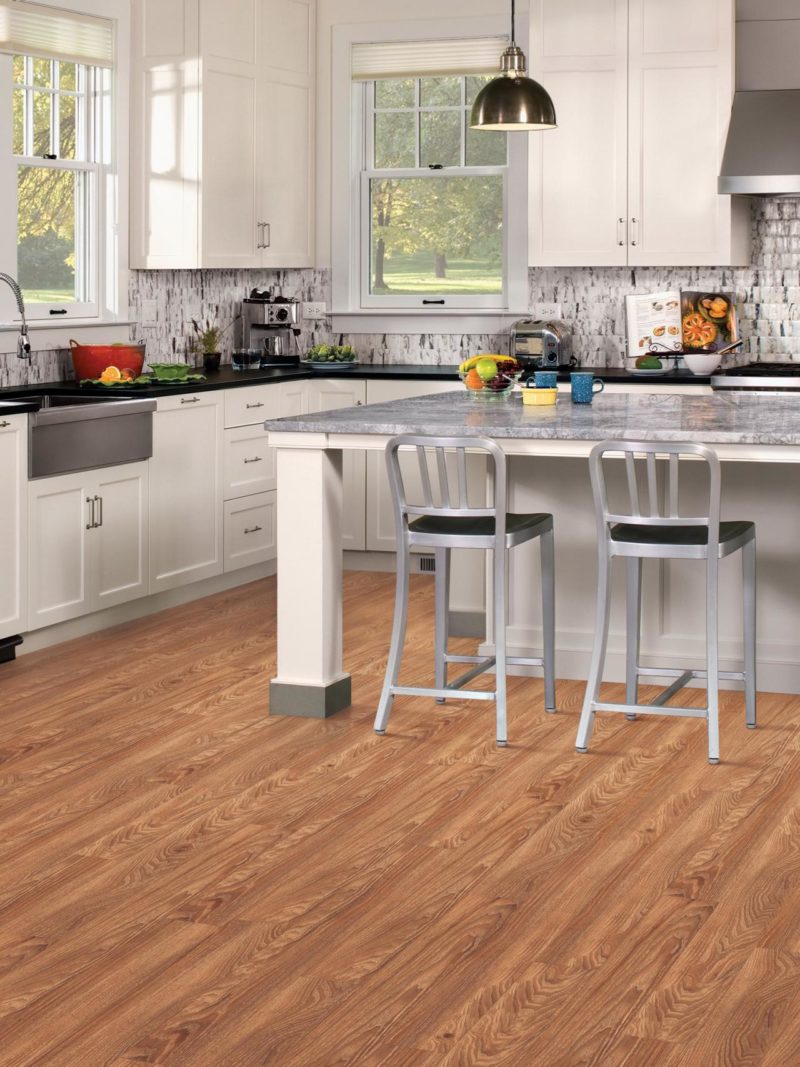
If you’re new to the world of wood flooring then the thought of installing an entire floor can be daunting! There’s so many different terms and phrases knocking about and it can be hard to determine what means what; especially when it comes to installation methods. We’ve created this blog post to hopefully make the process a little bit easier and give you an insight as to which would be the best method to use for your floor.
The first installation method is probably the most demanding; ‘Nailing down’. This method does require quite a bit of skill as well as some specialist tools too, it’s highly recommended that this method is performed by a qualified fitter or tradesperson. If you do opt for this method then it pays to know that it may only be carried out when a wooden sub-floor is used. This is because it would be pretty difficult to nail planks into a concrete sub-floor! The most common type of flooring that uses the nail down method is Solid Wood, this is mostly due to the thickness of the planks and the fact that they are more likely to expand, move and contract should temperature and moisture levels alter meaning that the glue down method would be less effective in keeping the floor in place anyway. The nail down method can be used with engineered wood flooring however this tends to be avoided simply because the next method (glue down) that we’re going to discuss works just fine for engineered floors and is a lot quicker and cheaper too. The nail down method is certainly not suitable for laminate floors.
The next installation method is one of the most popular options available; ‘Glue Down’. As the name suggests, this method involves using specialist adhesives/bonding agents to fix the planks of wood to a sub-floor. One of the biggest factors isn’t necessarily the gluing of the actual floor, but the preparation of the sub-floor that it is to be placed on. This method can be used over either concrete or wooden sub-floors, however if you do opt for a concrete sub-floor then it is advised to lay a two part damp proof membrane. This prevents any moisture getting into your floor from the sub-floor and also provides a suitable surface for the glue/adhesive to bond to. This method is suitable for both engineered and solid wood floors but it is not always recommended for laminate flooring.
Saving the easiest ’til last and probably the favourite of most avid DIYers, the floating method. Although it sounds like some kind of magic trick as oppose to a flooring installation method trust us, it isn’t. Instead of fixing the flooring to a sub-floor like the methods above the boards are actually fixed to one another. This is done by using a PVA adhesive (glue) in the groove of a tongue and groove joint (one side of the plank is notched out to make a groove and the edge of the joining board is extended into a thin tongue that then fits into the groove) or if the wood has a click joint then no adhesive will be necessary as the boards can lock together without it. This method is better suited to laminate flooring but it has seen successful usage with engineered floors, it is not recommended to use when installing a solid wood floor.
Please note that when you are fitting a floor it is always advised to check with the manufacturer to consider which method of installation is best for the flooring that you’ve purchased. It’s also important to ask yourself if you really are capable of doing the work yourself and if not then please hire a professional to do so, you didn’t spend all that money on a new floor to fall at the last hurdle!



